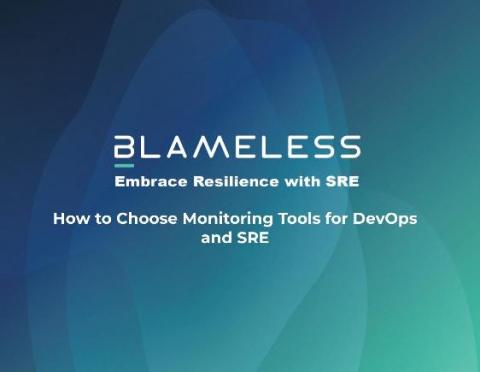The Words of the Birds - Leveraging AI to Detect Songbirds
When was the last time you had the chance to listen to some of the most beautiful concerts that nature can play for you? From simple chirps and tweets to complex bird songs composed into a sophisticated soundscape, you may wish you could decrypt and understand their daily conversation. “Hey, good morning, how are you today?”, you might hear in the early hours, sometimes so loudly that you are awakened from the chirping.











